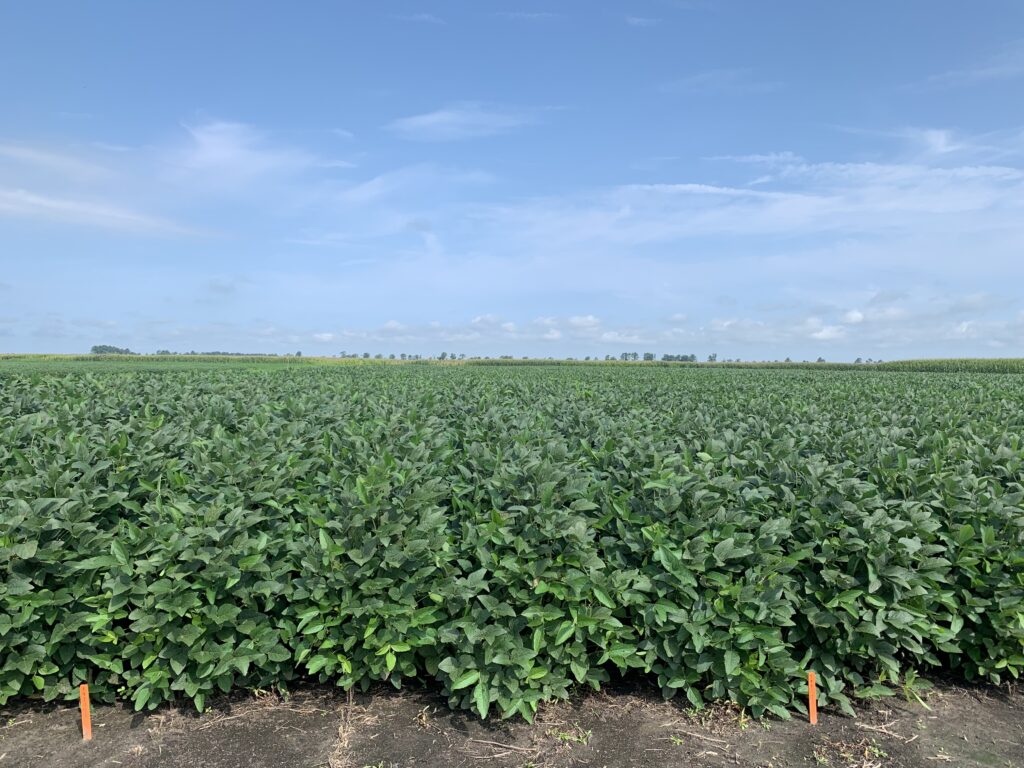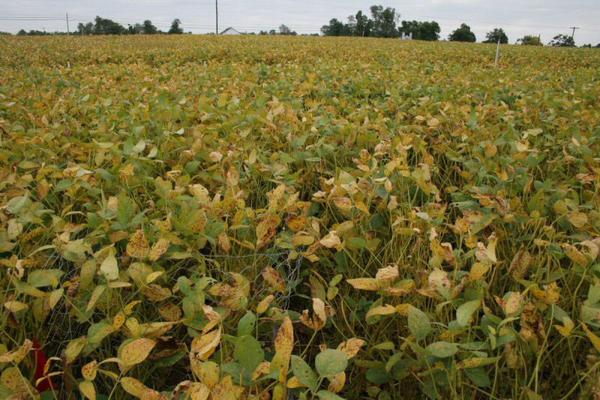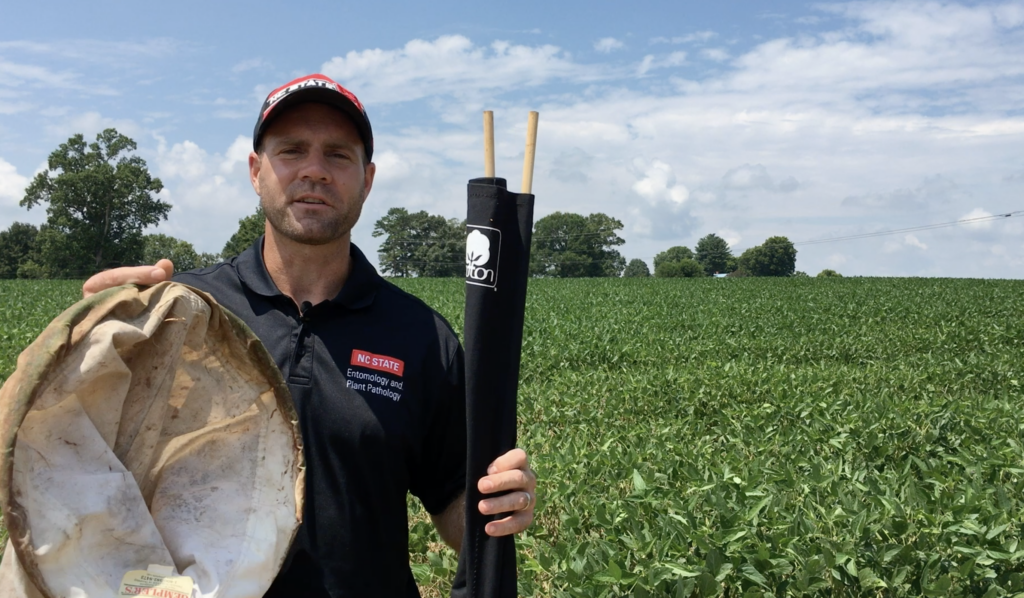NC Soybeans
go.ncsu.edu/readext?284708
en Español / em Português
El inglés es el idioma de control de esta página. En la medida en que haya algún conflicto entre la traducción al inglés y la traducción, el inglés prevalece.
Al hacer clic en el enlace de traducción se activa un servicio de traducción gratuito para convertir la página al español. Al igual que con cualquier traducción por Internet, la conversión no es sensible al contexto y puede que no traduzca el texto en su significado original. NC State Extension no garantiza la exactitud del texto traducido. Por favor, tenga en cuenta que algunas aplicaciones y/o servicios pueden no funcionar como se espera cuando se traducen.
Português
Inglês é o idioma de controle desta página. Na medida que haja algum conflito entre o texto original em Inglês e a tradução, o Inglês prevalece.
Ao clicar no link de tradução, um serviço gratuito de tradução será ativado para converter a página para o Português. Como em qualquer tradução pela internet, a conversão não é sensivel ao contexto e pode não ocorrer a tradução para o significado orginal. O serviço de Extensão da Carolina do Norte (NC State Extension) não garante a exatidão do texto traduzido. Por favor, observe que algumas funções ou serviços podem não funcionar como esperado após a tradução.
English
English is the controlling language of this page. To the extent there is any conflict between the English text and the translation, English controls.
Clicking on the translation link activates a free translation service to convert the page to Spanish. As with any Internet translation, the conversion is not context-sensitive and may not translate the text to its original meaning. NC State Extension does not guarantee the accuracy of the translated text. Please note that some applications and/or services may not function as expected when translated.
Collapse ▲ Crop Profile
Crop Profile
- North Carolina Soybeans
General production information, production practices, worker activities, insect, mite, and nematode pests and their control, diseases and their control, and weed management are detailed in the profile. List of Extension Specialists is included. Current pesticide information can be found in the North Carolina Agricultural Chemicals Manual
Production
- Soybeans Portal (NC State Cooperative Extension)
Website that has current information on numerous topics for soybean farming. Production information, management of insects, diseases, weeds and nutrients are addressed. A section on organic soybeans is included.
Diseases
- Fungicide Efficacy for Control of Foliar Soybean Diseases (2013)
Fungicide ratings for major foliar soybean diseases in U.S. - Soybean Rust IpmPIPE Website
A Web-based system that uses pest and crop data from sentinel plantings to provide a warning system to help soybean farmers protect their crop from soybean rust.
Insects
- Soybean Insect Pest Management – Soybeans Portal, NC State Cooperative Extension
Information on pest avoidance, scouting, beneficial insects, thresholds, insecticide use and soybean pests found under the Insect Management tab. - Soybean Insect Pests – Soybeans Portal, NC State Cooperative Extension
Direct link to a list of soybean pests which includes bean leaf beetle, corn earworm, cutworm, grape colaspis, grasshopper, kudzu bug, soybean aphid, soybean looper, stink bug, three cornered alfalfa hopper, and velvet bean caterpillar.
Weeds
- Weed Management in Soybeans – Soybeans Portal, NC State Cooperative Extension
An overview of weed management is given and more topics are located under the Weed Management tab including the control of broadleaf, grass, nutsedge, and sicklepod weeds. Other subjects include cultural weed management, herbicide resistance, responsible herbicide use, selecting a herbicide program, and spray adjuvants.
Publications
- North Carolina Agricultural Chemicals Manual
The manual has ten main sections:
I. Pesticide use and safety information
II. Chemical application equipment
III. How to send specimens for disease, insect, and weed identification
IV. Fertilizer use
V. Insect control
VI. Insect and disease control of fruits
VII. Chemical weed control
VIII. Plant growth regulators
IX. Animal damage control
X. Disease control
Detailed information on controlling pests of field crops, forage crops, grains, fruits, vegetables, ornamentals, turf, landscape, nursery, livestock, poultry, home garden, communities, and industrial sites is included.


